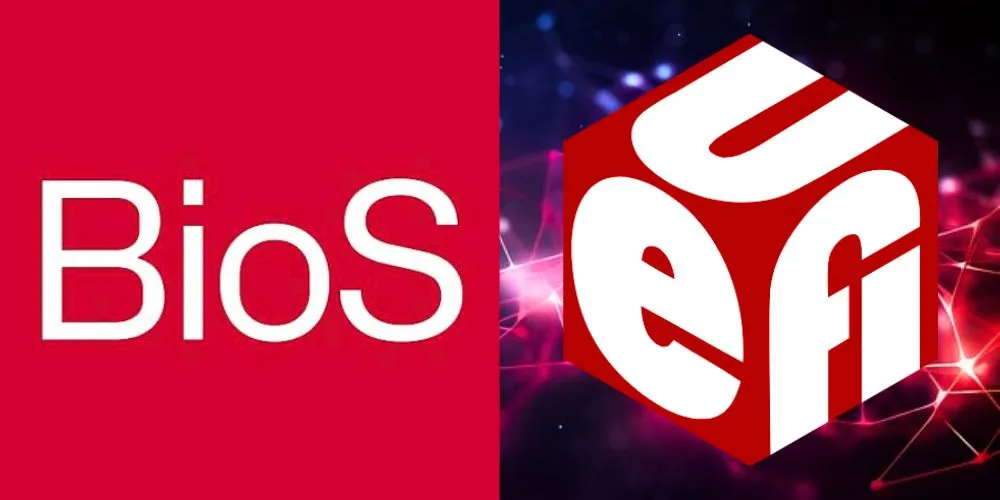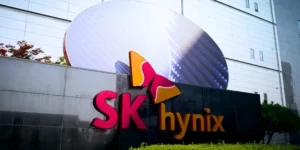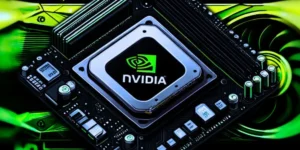The Basic Input/Output System (BIOS) was once the cornerstone of every PC’s startup process. It managed hardware initialization for decades and handed control over to the operating system. However, as technology advanced, BIOS began to show its age. Enter UEFI (Unified Extensible Firmware Interface), a modern, more powerful replacement that has completely reshaped how our systems boot and operate today.
BIOS: A Legacy System with Limitations
Traditional BIOS was designed in a different era when 16-bit processing, small storage drives, and basic peripherals were the norm. It had severe limitations, including a lack of graphical interfaces, slow boot times, and support for boot drives under 2.2TB. These constraints became increasingly problematic for modern computing needs, especially as hardware and storage needs outpaced BIOS capabilities.
UEFI: A Modern Solution for Modern Hardware
UEFI addresses nearly all of BIOS’s shortcomings. It supports boot drives larger than 2.2TB, faster boot times, more secure boot mechanisms, and a far more user-friendly graphical user interface (GUI). UEFI is scalable and can operate in 32-bit and 64-bit modes, making it a future-ready solution for increasingly complex systems.
Enhanced Security and Flexibility
One of UEFI’s most significant advantages is its support for Secure Boot, which helps protect against rootkits and unauthorized OS-level changes. Additionally, UEFI allows for modular drivers and custom boot loaders, giving developers and enthusiasts more control and customization options. These enhancements are significant in enterprise and server environments where security and stability are paramount.
Impact on System Builders and End Users
UEFI may not seem revolutionary for everyday users, but for system builders, overclockers, and IT professionals, the change is transformative. The graphical interface, mouse support, and extended configuration options streamline the setup and tuning process. Over time, the shift from BIOS to UEFI has made systems more powerful, boot faster, and more reliable right out of the box.
Conclusion
The evolution from BIOS to UEFI wasn’t just a technical upgrade. It was a necessary leap forward to match the pace of modern computing. UEFI improves performance, flexibility, and security, transforming how systems are initialized and configured. As technology advances, UEFI stands as a crucial foundation for the future of personal and enterprise computing.










